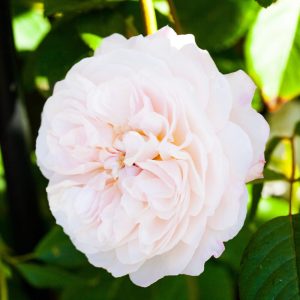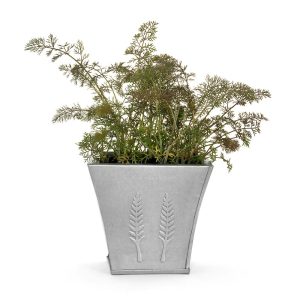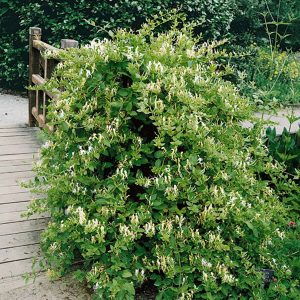Description
Santolina chamaecyparissus, also known as Cotton Lavender, is a small evergreen perennial shrub that is native to the Mediterranean region. It is a drought-tolerant plant that is known for its compact and low-growing habit, and its fragrant, silvery-gray foliage. The plant also produces small, yellow button-like flowers that bloom in the summer. It is commonly used as an ornamental plant in rock gardens, herb gardens, and as a low hedge. It is also known for its medicinal properties and has been used in traditional medicine for centuries. It’s a great option for xeriscaping and low-water gardening.
Key Facts
- Common Name(s):Lavender cotton
- Hardiness:Fully hardy through most of the UK
- How big will I get? Santolina chamaecyparissus can grow to a height of 0.5m and a spread of 1m.
- Did You Know That:Chamaecyparissus means like Chamaecyparis though it is not closely related?
Plant Calendar
A rough guide to how this plant will change through the year.
| Jan | Feb | Mar | Apr | May | June | July | Aug | Sept | Oct | Nov | Dec | |
| Flowering Time |  |
 |
||||||||||
| Foliage Colour |   |
  |
  |
  |
  |
  |
  |
  |
  |
  |
  |
  |
| J | F | M | A | M | J | J | A | S | O | N | D |
 |
 |
||||||||||
  |
  |
  |
  |
  |
  |
  |
  |
  |
  |
  |
  |
Care Guide

Soil Requirements
Santolina chamaecyparissus is a versatile plant and can cope with wet or drier soils, but prefers there to be decent drainage. This plant can grow in soil with a wide range of pH levels, it is not picky about the pH level of the soil.

Best Position
Santolina chamaecyparissus prefers a sheltered position and requires full sun to thrive, this consists of more than six hours of direct sunshine per day.

Maintenance
Santolina chamaecyparissus should be cut back after it finishes flowering will promote growth the following year by redirecting energy from seed production and foliage maintenance to root growth.

Pest, Diseases and Wildlife
Santolina chamaecyparissus is generally pest free, and it tends not to have problems with diseases. It is not considered to be toxic.
![Santolina chamaecyparissus [Cotton Lavender]](https://leafwise.co.uk/wp-content/uploads/2022/11/Santolina-chamaecyparissus-Cotton-Lavender.jpg)




